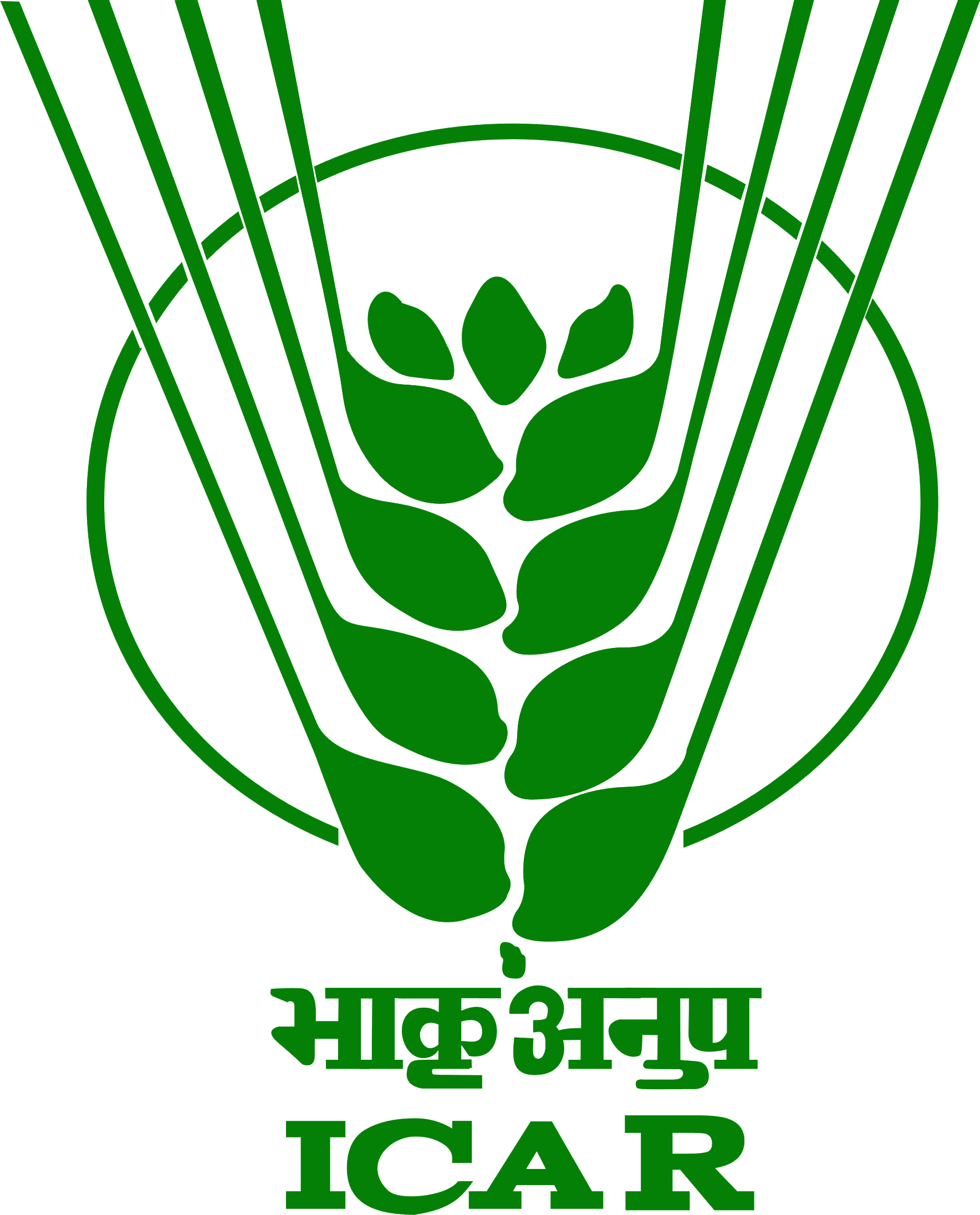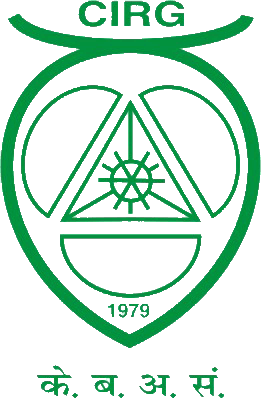



Select Language
|
 |
 |
All India Coordinated Research Project on Goat Improvement |
 |

|
Jamunapari Unit, CIRG, Makhdoom, Farah, Mathura, Uttar PradeshPrincipal Investigator
Activity assigned and targets fixed for each activity during the periodThe Unit has been based on close farm based goat population being maintained in semi-intensive system of management. Following targets are laid down for this Unit.
Activity carried out during the periodThe Farm Unit has been maintaining approximately 300 adult breedable does along with its followers. Presently the goats are undergoing 15-17 generations of intense selection for body weight growth, milk production and fecundity. The data on body weight growth, milk production, reproduction, health aspects are generated. The controlled breeding is followed in two breeding seasons during April-June and September-November. Data are then subjected to genetic evaluations using appropriate statistical models. The bucks selected are used at the farm and spared to agencies and farmers for breed improvement purpose. Detailed Achievements Flock StatisticsOpening balance of the flock was 758 and closing balance was 739. The opening balance of breeding females was 739 and closing balance was 741 (Table 1)..The population growth of the flocks was 101.0% and mortality rate was 6.67%. The kidding rate was 1.46% during the period under report. Two hundred thirteen (213) genetically superior, does and bucks each, were sold for grading up, conservation and genetic improvement of farmers flock during the year 2013-14.
Body WeightThe least squares means of body weights of kids at birth, 3, 6, 9 and 12 months of age during the year 2012-13 were 3.41, 12.11, 15.10, 19.50 and 26.48 kg, respectively (Table 2.2). Parity of dam had significant on kid’s body weight up to 6 months of age. Male kids maintained higher weights at all growth stages over their counterpart. Kids born as single also showed significantly higher weights than those born as twins or triplets. The Average Daily Weight Gain (ADG) of the kids under intensive management were 73.89, 120.78, 111.89 and 102.18 g/day, respectively during 3-6, 6-9, 9-12 and 3-12 month age group. The mean of body weights of kids at birth, 3, 6, 9 and 12 months of age over the year were 3.4, 12.11, 15.10, 19.50 and 26.48 kg, respectively. Table 2: Least Square Mean of Body Weight Growth (Kg) in Jamunapari Goats
Milk ProductionMilk production data of 2217 Jamunapari goat during the period 1995 to 2012 was analysed. The mean of 90 days, 140 days and lactation milk yield of the Jamunapari goat over the 17 years was 80.18, 113.98 and 124.82 litre, respectively. The average lactation yield was 124.82 litres with a lactation length of 179.5 days. Means, standard deviations, and coefficients of variation are also shown in the table 3.
The log-likelihood obtained for each trait in four different models was compared (Table 5). The most appropriate model for milk yield at 90, 140 and lactation yield was animal and maternal effect. The appropriate model for lactation length was direct (animal + PE) effect. Parameter estimates fitting the most appropriate model for milk yield and lactation length was presented in Table 2. The estimates of direct heritability for MY90, 140 MY, LMY and LL were 0.577, 0.765, 0.781 and 0.148, respectively. The maternal variance and variance due to permanent environment were very low for all the traits under study. The maternal permanent environmental component due to dam and litter contributed negligibly. The heritability estimates across different traits with small standard errors (varies from 0.015 to 0.036) resulted from the large size of the data and the precise estimate showed the genetic improvement for milk production for 90 days and 140 days period will be successful by selection.
Table 3: Model effect and genetic parameter ReproductionReproductive performance of Jamunapari goats in terms of breeding efficiency and kidding percent on the basis of does tupped were 86.03% and 121.10%, respectively. The kidding rate was 1.46 (Table 5). During this year, a total of 254 does kidded 373 kids, out of which single, twin and triplet born kids were 138, 113 and 3, respectively.
Genetic parametersGenetic parameters for body weights at various stages of growth and milk production traits were estimated. The heritability estimates for body weights at birth, 3, 6, 9 and 12 month age were 0.146±0.073, 0.743±0.157, 0.656±0147, 0.512±0.129 and 0.293±0.097, respectively. The heritability estimates for 90 day and 140 day milk yield were 0.390±0.112 and 0.343± 0.114, respectively (Table 6).
Supply of elite GermplasmElite breeding bucks were supplied to various organization and goat breeding for improvement in productivity (Table 7). During the year 2013-2014, 213 superior germplasm (117 bucks and 96 does) were provided to breeders for breed improvement. Table 7: Germplasm supplied for breed improvement during last 4 years
Revenue generationThe revenue generated source and total revenue generated for the flock during the year 2013-14 was more than Rs. 11.93 Lakhs through sale of milk, culled animals, bucks/does, skin and manure etc. Gaps/constraints/shortfalls / excess and reasons thereof, if anyThe Unit has taken steps to adopt farmers of the field. However greater emphasis is to be given in field performance recording and impact of technology validation. The staff required is not as per approval. The fund utilization was 19.9 % on the basis of BE and 78.3 % on the basis of RE revised. PC’s evaluation: Very Good (A); Good (B); poor (C)------------------Good (B) ----------------- Future programme identifying the activities, timeline and targets for each of the activityThe Unit has been based on close farm based goat population being maintained in semi-intensive system of management. As per technical programme of the Unit approved under XII Plan RemarksThe Unit has performed satisfactorily. Superior goats have been spared by the Unit to various agencies for breed improvement. | ||||||||||||||||||||||||||||||||||||||||||||||||||||||||||||||||||||||||||||||||||||||||||||||||||||||||||||||||||||||||||||||||||||||||||||||||||||||||||||||||||||||||||||||||||||||||||||||||||||||||||||||||||||||||||||||||||||||||||||||||||||||||||||||||||||||||||||||||||||||||||||||||||||||||||||||||||||||||||||||||||||||||||||||||||||||||||||||
All India Coordinated Research Project on Goat Improvement Copyright © 2017 PC Unit, ICAR - CIRG, All rights reserved |
Visitor number: 49797 Developed by Shantanu Singh
Last Modified: 07 Apr 2019 |